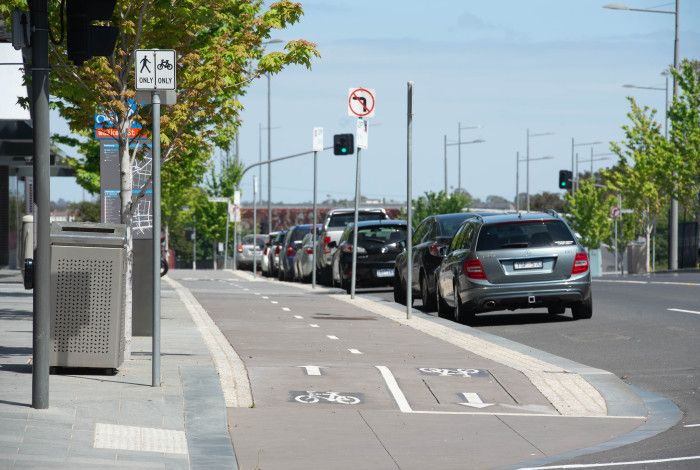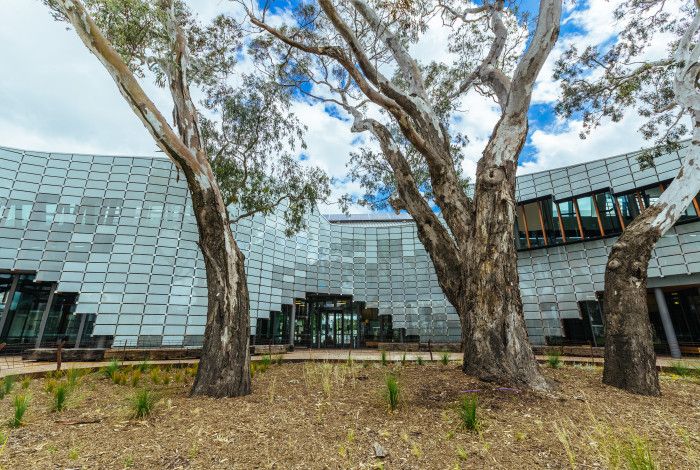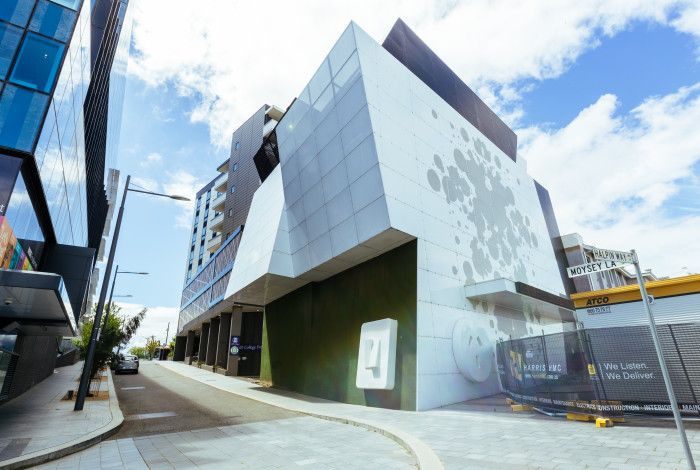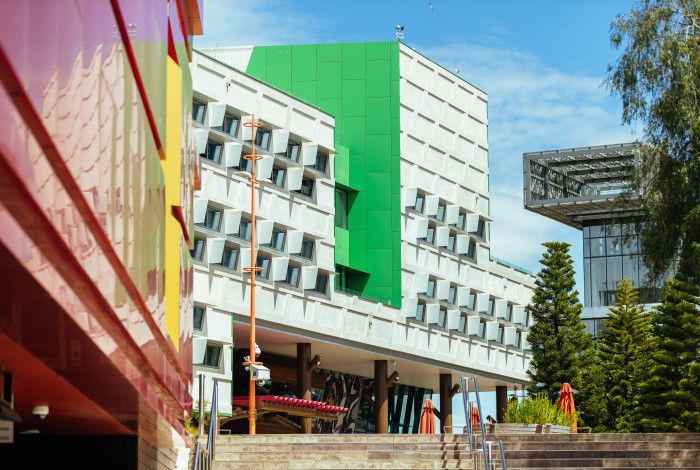This is the home page for our 2025 enterprise agreement – Our EA 2025.
An enterprise agreement allows Council and its employees to customise the terms of employment for this Council.
On this page you can read Our EA 2025 FAQs and below the FAQs we have links to articles about the EA. You can send new questions to OurEA@cgd.vic.gov.au and the answers will be added here for all to see.
What is the current situation?
The City of Greater Dandenong (CGD) Enterprise Agreement (EA) 2022 expires on 30 June 2025. This means it will soon be time for a new EA.
In March 2025, employees voted in favour of moving to a new type of multi-employer EA and we are supporting that approach. Put simply, instead of an EA just between CGD and its employees – a single employer EA – we will be grouped in future with other Councils under one EA.
Based on our ballot, Greater Dandenong has consented to a Multi-Employer Bargaining (MEB) approach. Hobson’s Bay hasn’t consented but isn’t resisting. The other eight Councils have been resisting the MEB approach. They were asking the Fair Work Commission to dismiss the application for an MEB approach.
In late May, at a hearing at the Fair Work Commission, the Commission did not dismiss the application for an MEB approach.
The Commission has decided it will schedule a further hearing for early July, once all the councils’ current agreements expire.
A majority of staff or a majority of voters?
We advised that we needed a majority of staff to vote for multi-employer bargaining in order to change from our traditional approach.
As it turned out, the vote fell just short of a majority of staff. Based on the total number of staff and the number of people who voted for a multi-employer agreement, we had just on 49% of staff who voted for the multi-employer approach.
In considering this, we weighed the following:
- A very high voter turnout of 70%
- A very strong sentiment - 70/30 split on multi/single employer
- Less than 22% of all staff voted for single-employer bargaining vs 49% of all staff in favour of multi-employer
- A shortfall of only around 13 votes for a majority
- A reasonable expectation that among the 282 employees who didn’t vote, at least 13 of those (or <5%) would support multi-employer bargaining if they had voted.
- The ASU’s belief that they achieved a majority of employees in support of their petition calling for multi-employer bargaining
We concluded that it would be an unreasonable response to resist the ASU’s request for multi-employer bargaining. We concluded that the good faith, reasonable response to the ballot, and to the overwhelming staff sentiment, is to respect the request for multi-employer bargaining.
What is a multi-employer/Multi-Enterprise/Single Interest Enterprise Agreement?
In March 2025, employees voted for CGD to move to a multi-employer EA. Formally known as a Single Interest Enterprise Agreement (SIEA), it is a type of Multi-Enterprise Agreement, where two or more employers (e.g. councils) that share common interests are covered by the same agreement.
For a multi-employer agreement to replace a Single Enterprise Agreement like the one we have in place now, an application must be submitted to Fair Work for authorisation by either the employer or union.
Note: The terminology may interchange between a ‘Multi-Agreement’, ‘Multi’ or a ‘SIEA’. This is because a SIEA is a type of Multi-Enterprise Agreement.
We also commonly call our new arrangement a multi-employer EA.
When can the bargaining process commence?
The bargaining process cannot start the Fair Work Commission approves the ASU application and this cannot be done until current EAs expire on 30 June 2025.
Which Councils has the ASU applied to include in multi-employer bargaining?
Along with us, the application includes Darebin, Hobsons Bay, Maribyrnong, City of Melbourne, Merri-bek, Port Phillip and Yarra.
Are there any multi-agreements already in Local Government?
Ararat and Central Goldfield’s Councils have commenced negotiations for a multi-agreement and Central Goldfields has lodged an appeal which, if successful, would allow them to return to traditional single enterprise bargaining.
A Multi-Enterprise Agreement, specifically a Single Interest Enterprise Agreement (SIEA), would be the first of its kind in Local Government.
What does the Fair Work Commission consider once an application is submitted?
Sections 248-249 of the Fair Work Act set out relevant factors that the Fair Work Commission must consider when deciding to grant an authorisation to a bargaining representative of employees, with key factors being:
- Current agreement has passed it nominal expiry date, (in our case the expiry date is 30 June 2025.)
- A majority of employees indicate a preference to bargain for a multi-agreement.
- No written commitment already exists from a union to bargain for a Single Enterprise Agreement.
- Common interests are comparable between the Councils in the application, examples include:
- Geographical location
- Size and Scope of the Council
- Terms and conditions are similar (e.g. Local Government Act and Award).
- Comparable services to the community e.g. rates, roads, rubbish.
Note: where an employer has more than 50 employees, Fair Work will assume that the employers have a common interest and have reasonably comparable operational and business activities.
Can CGD back out of a multi-employer EA once we start negotiations?
Now that employees have voted to proceed with a multi-employer EA, we will be committed to that type of EA for this round of negotiations and will not be able to ‘back out’ of the multi-agreement arrangement without a majority of employees approving this.
We would have to wait until negotiations for the next EA in 2028 to have the option of returning to a Single Enterprise Agreement.
How will changing to a multi-agreement impact negotiations?
Under the multi-employer model our employees prefer, we can’t start negotiations until:
- Our current EA expires at the end of June, and
- The Fair Work Commission allows us to start (the Commission has to approve the multi-employer approach)
- Negotiations for the new EA – including pay increases – will start after that and will involve up to eight councils putting what each wants on the table.
- Any improved employment conditions or increases in pay will only be effective when the multi- agreement is agreed and voted in by the majority of staff across all the participating councils. The specifics of voting are not yet clear.
- It is understood that while salaries may not be matched between councils that participate in a multi-agreement, the pay increase % may be shared between all councils and would have to be collectively agreed.
When would pay increases be processed in our new EA?
Any agreed pay increases will come after a full agreement is reached and a majority vote across all the participating councils. The specifics of a majority vote are currently unknown.
Back pay to cover the negotiation period (the period between an expired EA and the effective date of a new EA) is not guaranteed in any negotiation, including under the new multi-employer agreements.
What items are we negotiating for this EA?
Until the bargaining process commences, and all parties have exchanged their Logs of Claims we will not know what terms and conditions are being negotiated.
The ability to influence rate capping has been discussed a few times, but how are these two items linked?
Council and the unions are able to advocate for a change to rate capping at any time. They don’t need to wait for this agreement to be settled.
We have advocated around the challenges of rate capping for years. We’ve recently written to the new Minister for Local Government seeking a meeting to discuss the challenges posed by rate capping. We’ve also supported the Municipal Association of Victoria (MAV) and the Victorian Local Governance Association (VLGA) in their efforts to advocate for rate cap relief, including supporting the MAV submission to a recent Parliamentary Enquiry into cost shifting and the financial and service sustainability of local government. This Victorian Parliamentary Enquiry’s report made a number of recommendations.
The ASU has said it believes that multi-employer bargaining is an effective way to utilise the industrial and political power of ASU members to seek change on this policy, where councils and peak bodies such as the MAV and VLGA have not yet been successful.
Is there the potential of losing some of our more positive entitlements if another Council has lower benefits?
Multi-employer enterprise agreements are new and there are a lot of unknowns. What we do know is that to be approved by the Fair Work Commission, a proposed Enterprise Agreement must have been voted for by a majority of all eligible employees who participate in the vote and this would include all eligible employees at the participating councils including for the changes to terms and conditions.
Where can I find more information?
For further information, please refer to the articles linked below.
Additional information can be found on the Fair Work Commission website.







